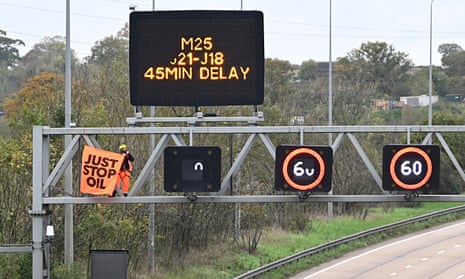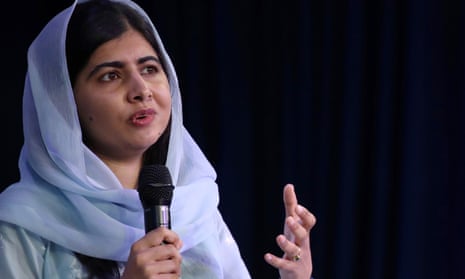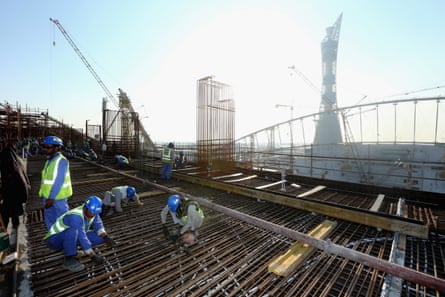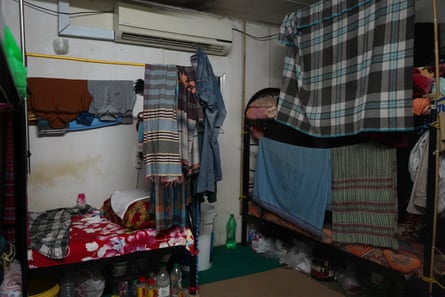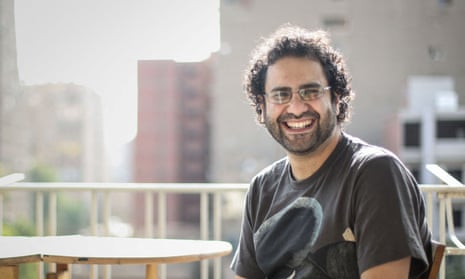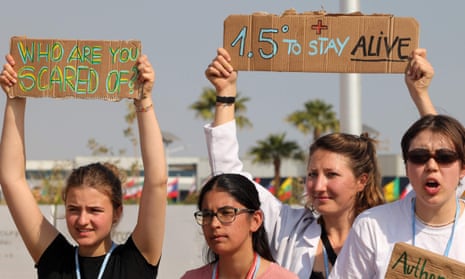The Amazon founder says giving money away ‘is really hard’. Luckily, poor people do far more of it than he does

How bracing to wake up yesterday and read that Amazon founder Jeff Bezos had donated $100m to Dolly Parton’s charitable endeavours, at his own “Courage and Civility” event. (Sarcastic airquotes: my own.) The many, many news reports about this act suggested it was a truly incredible sum from the second richest man in the world, who – according to recent estimates – gets richer by about $205m a day.
Anyway, once I’d peeled myself off the ceiling, I got busy on the government’s tax calculator. If you’re on the median average UK salary – and you pay your taxes – your take-home pay is £72 a day. Looked at one way, then, Jeff’s benevolence would be the equivalent of donating £34.56 to charity. Have YOU ever donated thirty-four quid to charity? Do you pay your taxes? If so, you’re actually being more generous than Jeff Bezos, who, famously, avoids almost all of his. And yet, where’s YOUR splashy news write-up in all the fine news outlets of the world? Where’s YOUR fawning TV interview? Why does no one refer to YOU as a “philanthropist”?
We’ll come to the obvious answers to those questions shortly, but for now, let’s look at the stage-managed hoopla around these so-called Courage and Civility awards. And yes, that title does make it sound like Jeff just demanded a warehouse operative bring him two inoffensive abstract nouns that were out of copyright. In fact, Bezos announced the initiative last year, shortly after disembarking his little space rocket, possibly sensing a planetary disdain being levelled at the kind of guy who could put himself in zero gravity for four minutes but couldn’t figure out how to treat his workers properly.
Anyway, the Courage and Civility awards are now an actual thing. And alongside Sunday’s self-effacing ceremony and his attempt to piggyback on the lifelong altruism and extraordinary charitable service of HRH Dolly Parton, Bezos granted an exclusive sit-down with CNN. First impressions? Jeff interviews like a chat tool, and resembles your local area’s most uncompromising and least booked 58-year-old Vin Diesel lookalike. Having long refused to sign the Giving Pledge – a promise by many of the world’s richest individuals to donate most of their wealth to charitable causes – Bezos announced that he intends giving “the majority” of his money away in his lifetime, according to CNN. And yet, does he intend to do this? His answer – “Yeah, I do” – feels somewhat vague and short on specifics.

But taking Jeff at his word, I mean it from the bottom of the heart when I say: BIG FRICKING DEAL. Most people give a significant amount of their money away during their lifetime, via a little something we call the taxation system. I know! Where’s our red-carpet gala? I tell you what, next time our paychecks arrive, why don’t we all get our hair done and put on black tie or a big old dress and graciously twat our way down a red carpet going “You’re MOST welcome!” for the cameras.
According to what Bezos told CNN, philanthropy “is really hard”. It certainly seems to be for him. Do recall he was only dragged kicking and screaming to the giving-a-shit game, having spent years accruing billions before it was finally pointed out to him that not having some kind of philanthropic arm looked fairly abysmal. In 2017 Bezos asked Twitter users for ideas on how to help the world “in the here and now”, before embarking on a truly committed programme of ignoring every single one of them who suggested paying his workers properly and contributing fair tax.
A year later, he actually uttered the words: “The only way that I can see to deploy this much financial resource is by converting my Amazon winnings into space travel.” That was the same year Amazon helped kill a Seattle tax on big firms to alleviate the homelessness crisis, by threatening to pull a huge building project. The business and tech commentator Scott Galloway calls Bezos “the mother of all welfare queens” for the vast benefits he’s drawn from public money and the tax breaks he remorselessly chases and demands.
But of course, Jeff is the kind of widely acclaimed visionary who simply lacks the vision to realise that the first way to help is by paying people a fair wage and forking out your taxes like an ordinary person – and not by turning up to dole out “charity” after the event like some bastard god of the purse strings. Unfortunately, he’s part of that specific billionaire class that believes they should be allowed to hypothecate almost 100% of their own vast riches in whichever direction they wish, because the exchequers of the world are just junior personnel, and they know better than all of them how to spend it.
So yes, for Bezos philanthropy “is really hard”. What he does – fauxlanthropy – is much, much easier. Moving billions to non-profits you control, effectively awarding yourself tax breaks, buying media fawning with one of the lamest possible sleights-of-hand: these things, self-evidently, are a whole lot easier. What’s hard to understand is why on earth we’re still buying into this obvious bullshit from some of the most selfish people in the world. The poor give a far greater proportion of their money to charity than the rich. I don’t mean to be uncivil, but what is courageous about letting Jeff Bezos pretend otherwise?
Marina Hyde is a Guardian columnist
